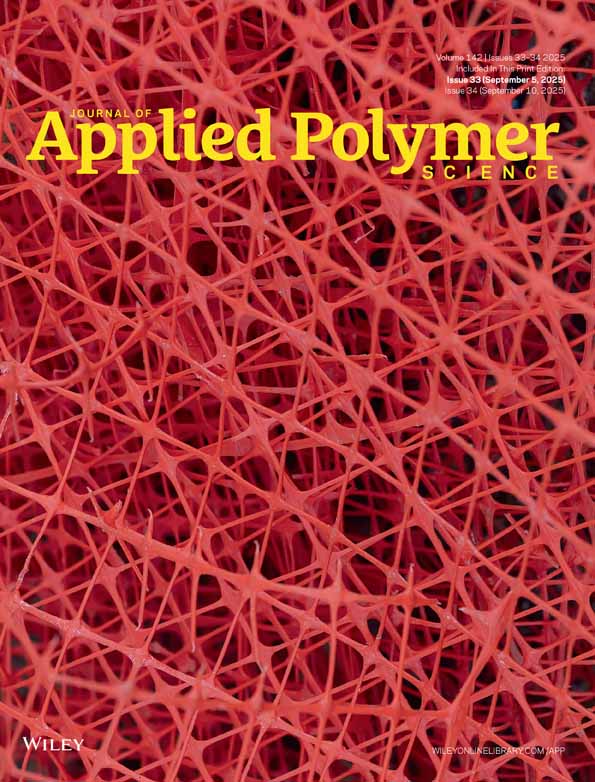Effect of graft-copolymerization with poly(acrylamide) on rheological and thermal properties of cassava starch
Abstract
Graft copolymers of different grafting levels were synthesised by the free radical initiated reaction of cassava starch with acrylamide in presence of ceric ammonium nitrate. The viscosity properties of the native granular starch and the grafted starches were determined using a Rapid visco analyzer (RVA) and rheological properties by frequency sweep test under different conditions using a rheometer. Some of the grafted starches exhibited significantly higher and some others exhibited drastically reduced peak viscosity values irrespective of the percentage grafting. All the grafted starches exhibited very good viscosity stability as evidenced from the highly reduced breakdown and higher final viscosity values in comparison to native cassava starch. Thermal analysis of the pure granular cassava starch and grafted starches was carried out using a differential scanning calorimetry (DSC) and thermogravimetry. DSC studies showed that in comparison to native starch, the grafted starches showed lower temperatures of transition. The thermal stability of cassava starch was enhanced by grafting as observed from the thermogravimetric data. © 2009 Wiley Periodicals, Inc. J Appl Polym Sci, 2010




